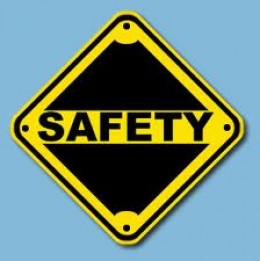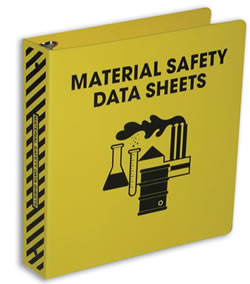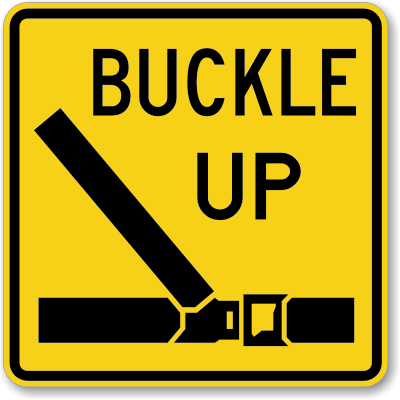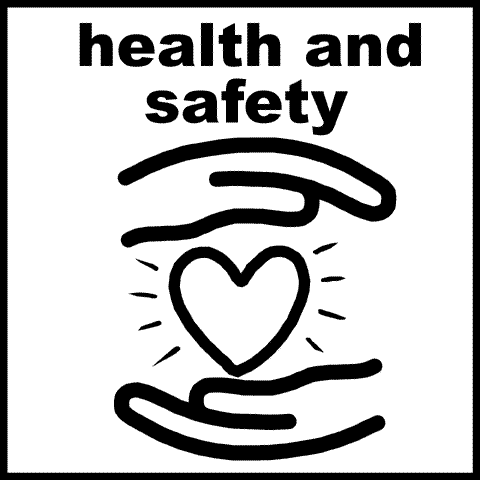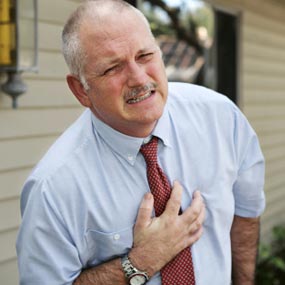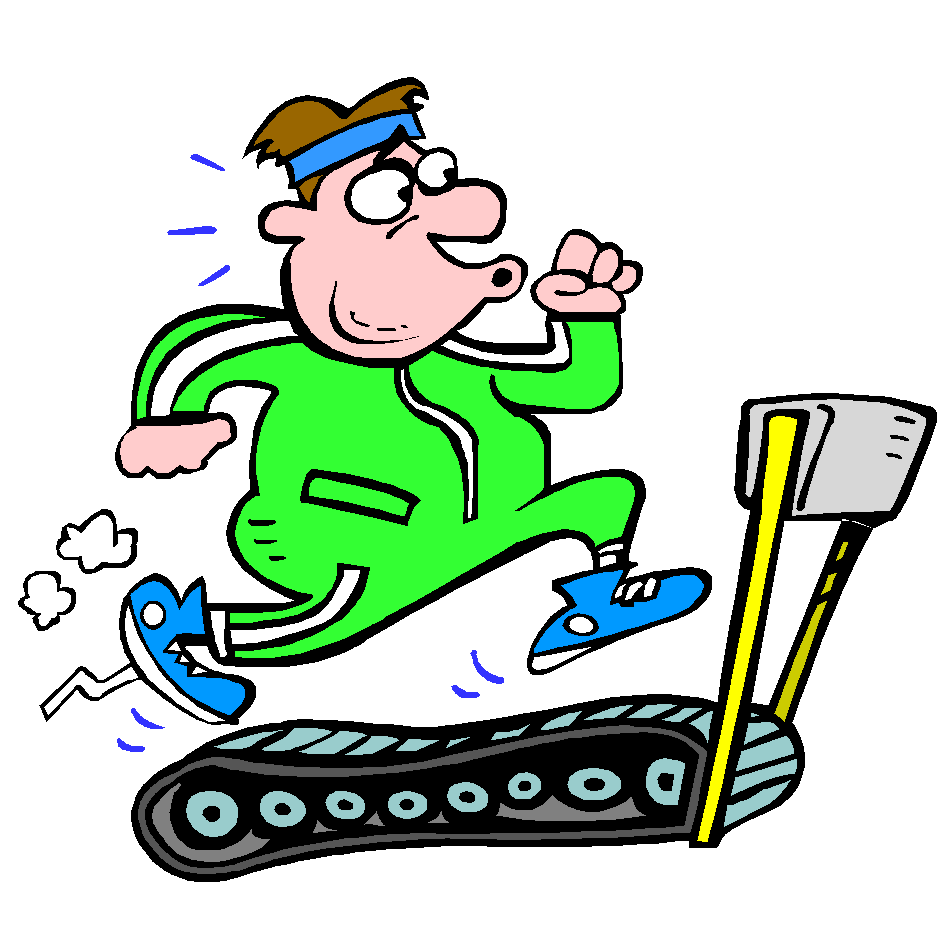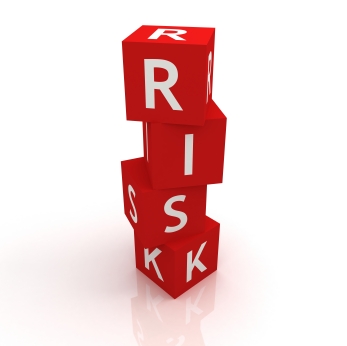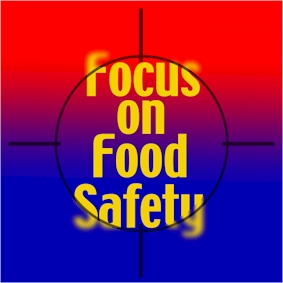 Heat related deaths and illness are preventable yet many people succumb to extreme heat. People suffer heat-realated illness when their bodies are unable to compensate and properly cool themselves. Here are a few tips to stay safe from extreme heat.
Heat related deaths and illness are preventable yet many people succumb to extreme heat. People suffer heat-realated illness when their bodies are unable to compensate and properly cool themselves. Here are a few tips to stay safe from extreme heat.- Elderly people 65 years and older, infants and children and people with chronic medical conditions are more prone to heat stress.
- Air-conditioning is the number one protective factor against heat-related illness and death.
- During conditions of extreme heat, spend time in locations with air-conditioning such as shopping malls, public libraries, or public health sponsored heat-relief shelters in your area.
- Get informed. Listen to local news and weather channels or contact your local public health department during extreme heat conditions for health and safety updates
- Drink cool, nonalcoholic beverages and increase your fluid intake, regardless of your activity level.
via CDC Extreme Heat | A Prevention Guide to Promote Your Personal Health and Safety.

